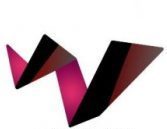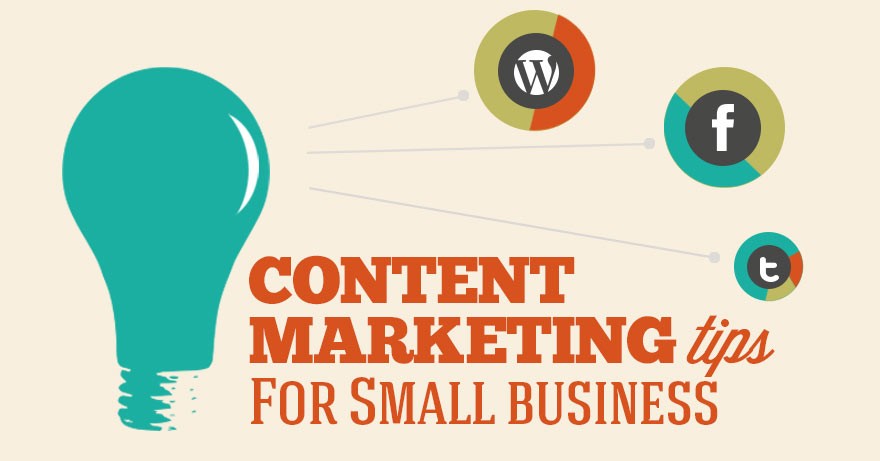The web is changing. What’s old is new again. In the early days of the Internet, designs were simple and flat because that’s all that the technology allowed for. Then, we moved to spinning graphics and whiz-bang designs that were based on flash. Now, it seems, we’re entered a new era of simplicity. Here are 5 modern design trends to pay attention to when creating fresh content for 2015.
Keep The Design Simple and Clean
Vancouver car accident lawyers, like Watson Goepel, may be lawyers but they understand the subtle effect of good design. Keeping the site simple and clean allows them to communicate a message to potential clients in a simple and straightforward manner.
This is the same kind of design you want to implement in your business. It’s not about Throwing up as much content as you can anymore. You shouldn’t be overwhelming your prospects with graphics, text and videos. Homepages need to be simple and purposeful. They need to adhere to Nielsen Norman Group’s homepage usability guidelines.
Focus Harder On Quality
There’s always been a focus on quality content, but it seems like the definition of “quality” has shifted over the years. This year, it’s time to get back to basics. Brian Dean, founder of Backlinko, knows what it means to go from success to failure.
His affiliate websites took a nosedive when Google’s Panda algorithm came out. He had to rediscover what “quality content” meant. What he discovered was that “quality” was a function of research and writing that bested the best content on the web in any given category.
His “Skyscraper Technique” specifically exploited that idea, and he found that publishing less often (down to once per month or once every other month) made a dramatic improvement in his web presence. Instead of failing, like some speculated he would, he has seen a meteoric rise in the SEO space.
His pieces regularly exceed 1,500 words, and he always offers some type of bonus content for each post, providing far more value in content than what many marketers do. This is what you want to emulate in your own business.
Include More Relevant Images
Better, more relevant, branded, images will win the day in 2015 and beyond. Make your images meaningful given the post you’re publishing. Brand them with your name, the blog post title, or graphics that tie the image to your content in some way.
Make them content that can stand on their own, outside of the context of the blog post. Put them above your blog post title, similar to how magazines and newspapers do, so that they set the context of what’s about to come.
Go Big
Homepages with massive full-page images or video are “in.” Users love this “big” feeling. Anytime you can intelligently incorporate this into your design, it will help simplify the message, make it larger than life, and help users better understand your brand.
Flat and Long-Form Is In
You’ve no doubt seen those single-page scrolling websites that seem to go on forever, but which don’t fatigue you with a wall of content. This is the new wave in website design. Content is broken up by sections of color, clearly defining content areas and helping you better digest what’s being presented.
Web developers, like StudioPress and Elegant Themes are jumping on the bandwagon too, building beautiful themes that take advantage of these types of layouts.
Likewise, a more flat design has been adopted by a lot of websites, inspired initially by Microsoft’s Metro design, refined by Apple’s new iOS and later its “continuity” design.
Translation: your websites should look more flat, and take advantage of these trends if you want to capture more readers and look more professional.
Cathy Hughes, a web design tutor is always on the lookout for new trends in web design. When she has the time, she enjoys posting her insights on the web.






Good information. Lucky me I found your site by chance (stumbleupon).
I’ve saved as a favorite for later!